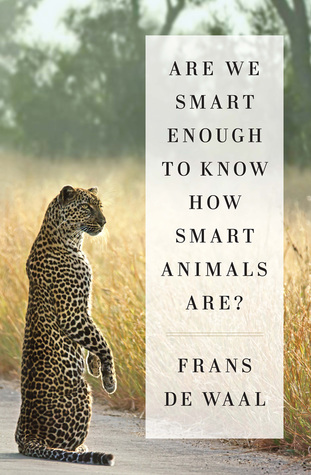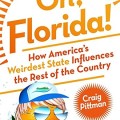Did you know that adult wild chimpanzees carry tool kits of up to five tools to accomplish such tasks as extracting termites from rotting logs and collecting honey from bee hives? Are you aware that the Clark’s nutcracker, in the fall, stores more than 20,000 pine nuts, in hundreds of different locations over many square miles and then in the spring manages to recover most of them? Once, London Zoo personnel trained gorillas to have a formal tea party, which was not so difficult for those tool-using animals. But after staging the show for many months, the gorillas became so polished, so perfect, that they threatened human egos and attendance dropped. Something had to be done. The apes were retrained to spill the tea, throw food around, and drink from the spout of the teapot. Frans De Wall, the author of Are We Smart Enough to Know How Smart Animals Are, concludes his story: “The public loved it! The apes were wild and naughty, as they were supposed to be.”
When I was taking biology courses (many decades ago) we were taught to avoid anthropomorphism like the plague–the attribution of human characteristics to mere animals. As De Wall writes, “The fish known as kissing gouramis, for example, don’t really kiss in the same way and for the same reasons that humans do.” However, “Dubbing an ape’s kiss ‘mouth-to-mouth contact’ so as to avoid anthropomorphism deliberately obfuscates the meaning of the behavior.” So now, anthropomorphism has evolved into “animal cognition,” an understand that many animals do, indeed, have human-like traits. After all, we humans are, first, animals.
I love animals and reading about them, and De Waal’s book was fascinating but sometimes a little difficult to read when he delves into the jargon of his specialty, like when he writes, “This will be an excellent way to test the continuity assumption, since homologous cognitive processes imply shared neural mechanisms.” That said, overall the book is excellent and I recommend it highly.
Very Smart Animals












